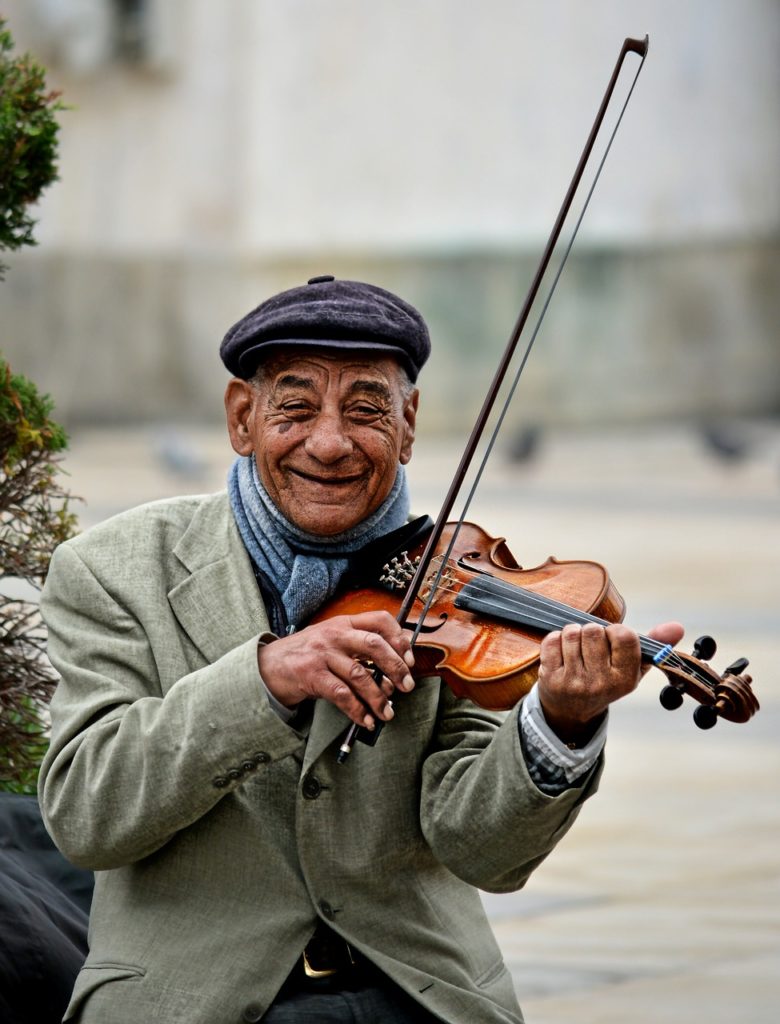Violin Instruments with Melodic Tone
The violin became a popular instrument in Europe with both low class and high class instrumentalists due to its small size, sweet, and melodic tone. The violin is an instrument that has evolved over time in Europe into two separate families of instrument:
- Lira da Braccio: which held in the arms and square in shape
- Lira da Gamba: which were positioned between the legs and shaped with sloped shoulders
Both families of violins had great success and were vastly used, however over time the instruments which were held in the arms became more popular. As such, this led to the development of the violin in and around 1550.
The First Violin: Andrea Amati
Generally, Andrea Amati, a Cremonese luthier receives credit for the first violin. Mr. Amati created at least two three string violins around the 1540s. In the 1550s, he was then given an order for or authorize the production to build one of the first four-string violins by the wealthy Medici family. Although the instrument was initially intended for professional street musicians, it became a favorite instrument of aristocratic amateurs and eventually taught by many violin instructors.
Violin Adopted Many Different Styles of Music
The violin was adopted into many different styles of music as the popularity of the violin instrument grew. Violin players created and developed new playing techniques to complement new genres of music. The violin became a key instrument used by Celtic, Irish, gypsy, and Hungarian to play traditional songs.
The Violin Today
The violin is now one of the most popular instruments in the world. The most famous violin maker is the ‘Golden Age’ luthier Antonio Stradivari, whose violins now sell for millions of dollars.

